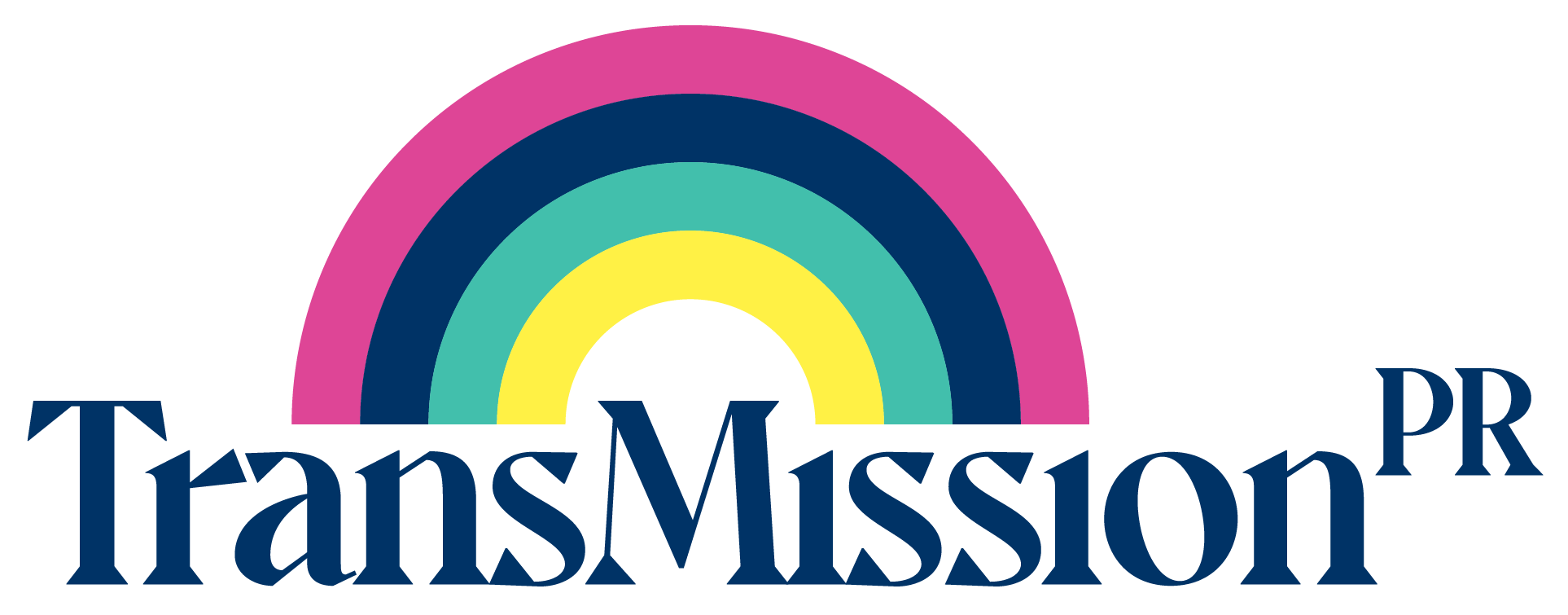
29 Mar How to navigate the ‘trans debate’ – trans 101
There’s no avoiding it. Whoever you happen to be, CEO, leader of the opposition, awesome celeb type, whether you are being interviewed about something related – or entirely unrelated – internally or externally, your position on “all things trans” could come up when you least expect it. And if you are unprepared it could leave you looking at best clueless and at worst fighting a PR disaster of your own making.
The good news is there’s no better time to start learning how to be more inclusive of gender minorities. There are loads of resources available to help and with other companies leading the charge, there is no need to reinvent the wheel as you can see some great examples of what to do – and what not to do – to ensure you join the conversation in the right way.
Kier Starmer, and indeed all those with a political platform, are an excellent example of how easy it is to get caught out if you haven’t done your homework. In a recent interview with LBC he was asked the question: ‘Can a woman have a penis?’.
This was clearly not included in his briefing notes.
So in an attempt to provide a little guidance to his beleaguered PR team (who are no doubt feeling the heat) and indeed anyone who might need to master the basics, here are some fundamental principles…
It is worth noting here that our aim is to be able to answer the question in a trans/inclusive way (because that is what really matters here)…
Firstly we need to go back to the classroom. It is impossible to engage in any conversation about what it means to be transgender unless you understand the basics.
These are as follows – and this is important, so pay attention at the back!
- A trans person is not someone who ‘changes gender’. A trans person is someone who was assigned a gender at birth based on their physical appearance and as they grow they become increasingly aware that this gender is not the one with which they identify. It feels wrong, false, like they are living in a story which is not an authentic representation of who they truly are. While, for the majority, assigning gender based on the existence of a penis or a vulva is correct, for an estimated 1% of the population this is incorrect. That means for every 100 people you meet, at least one will not experience their gender in the same way as a non trans person.
- Trans people exist, they have always existed, and they always will exist. This is NOT a new phenomenon, just part of natural human variation.
- Some societies openly accept and recognise trans people, others do not.
- Trans inclusion has changed over time and we have no doubt seen an increase in trans awareness and support for trans people following what has been described as the ‘transgender tipping point’. However, this has also resulted in a backlash in the western world. This backlash is what we need to counter – something we can only do through better awareness and a willingness to speak out.
- While a non trans (or cis) person can empathise, they can never know what it is like to be trans, just as a non disabled person can never know what it is like to be disabled, or a white person understand what it feels like to face the barriers that someone who is not white might face.
So that’s the basics out of the way. Now let’s turn to the seemingly thorny question that was asked of Kier Starmer: Can a woman have a penis? Well, armed with the above knowledge, the answer is of course, yes. That wasn’t so difficult was it!
Trans people are not a curiosity. Their existence is not a topic for debate. It is not a competition for who in society struggles more and who needs more protection. There is enough protection to go around.
Instead of getting sucked into yet another ‘trans debate’, we need to focus on education and understanding. Take a moment to watch the award-winning Reece Lyons perform her beautiful poem: ‘I am a Woman and I have a Penis’ This is just one person’s experience, but it’s a good place to start.
The better able all of us are – but especially figure-heads – to answer ‘bad faith’ questions clearly and inclusively, the quicker the toxic ‘trans debate’ will be starved of oxygen and the quicker it can be shut down. To be able to do that effectively it’s important to understand context and the nuance of the conversation.
TransMission PR, with its connection to the trans community and network of trans communications professionals, is perfectly positioned to help companies and individuals to navigate this tricky terrain.
If you want to chat about how we can support you with your approach to trans inclusivity, and that includes any comms teams working in Government, get in touch – we’d love to chat.
- These New Year’s resolutions will ensure your business stays relevant in 2024 - December 20, 2023
- HER Dating App Takes Bold Stand Against Transphobia - April 28, 2023
- Month one on TikTok done! - February 1, 2023


